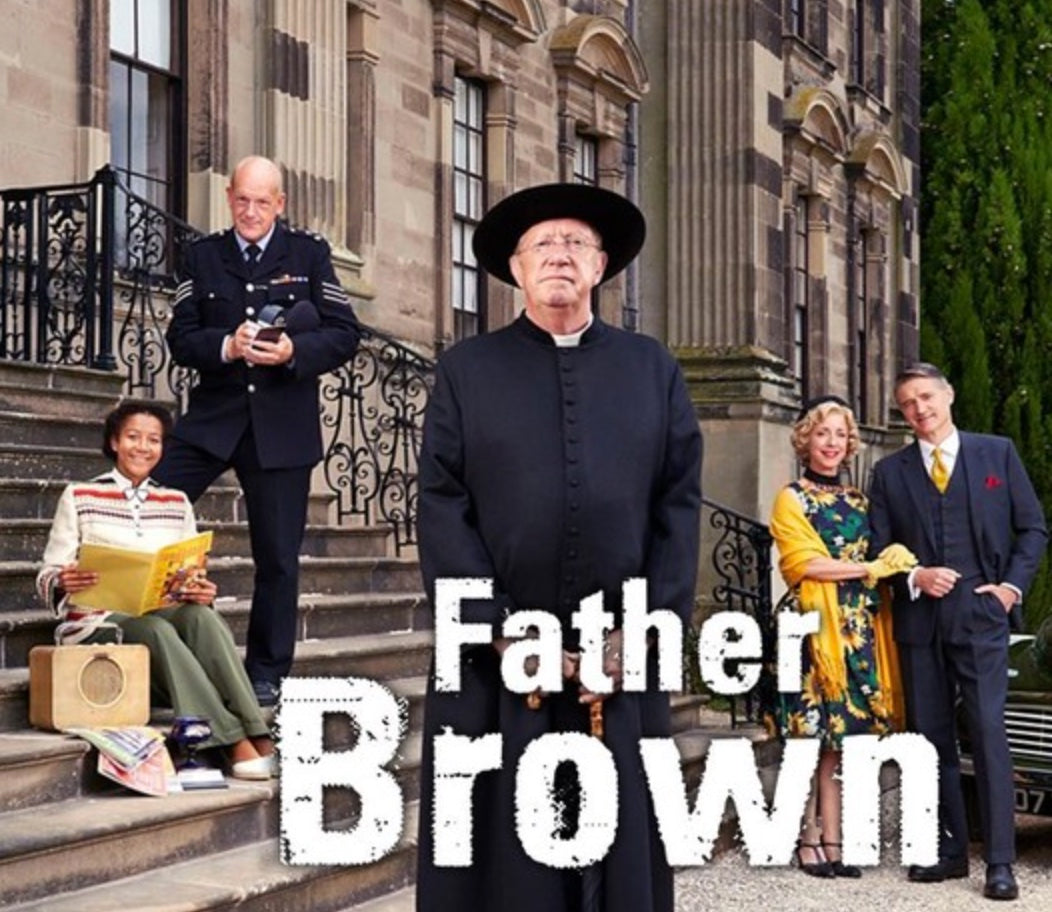We just moved to Richmond, Virginia and I was delighted to find out that the city has so many historic sites, mansions and gardens to explore. Many years ago I read The Spymistress by Jennifer Chiaverini, which is set in Richmond during the Civil War, and I was struck by how much history is in the city (the book is an absolutely fascinating read and highly recommended).
I’ve started my list of places to visit, and I wanted to share with you some of these lovely locations. Apart from Tuckahoe, I haven’t visited them yet, so I can’t provide a personal account but I’ll share all the information I’ve gathered so far in anticipation of my visits. Most of these places are great locations for weddings, so if you're looking for a romantic place to get married, one of these might be perfect for you.
This is just the tip of the iceberg of all the places I’m excited to see now that we are in such a central and historic location, so stay tuned for more historic homes, gardens and museums!
Historic Tuckahoe

Built in 1733, Tuckahoe was Thomas Jefferson's boyhood home. It is a vast oasis of fields and gardens very close to Richmond - you will feel miles away from the city. Although there is limited access to the house (the owners live there), the house is surrounded by lovely formal gardens. There is a $5 donation box in the parking lot for entry. Even in October, the flowers in the planted flower beds were just breathtaking!
Maymont Mansion & Park

Photo credit: Chuck Redden
Maymont House is a Gilded Age mansion that was built by the wealthy Dooleys, who lived there from 1893 to 1925. After Sally Dooley's death in 1925, the house and surrounding land was bequeathed to the City of Richmond as a public park. The estate is made up of the mansion, gardens, park and farm.
When I called to enquire recently, I found out that Maymont House is undergoing renovations and won't be open until Spring 2025 at the earliest. However all of the outside areas are open to the public, and amounts to 100 acres, including a Japanese garden, Italian garden, a nature center and a working farm. Access is free but guided tours cost extra.
Agecroft Hall and Gardens

I couldn't quite believe my eyes when I first saw Agecroft Hall, with its genuine Tudor half timbered construction, I thought I was back in England! This manor house was constructed in Lancashire around 1500, with modifications in the 1800s. By 1900 however the house lay abandoned, until being purchased by Richmond business T.C. Williams in 1925.
The still intact parts of the manor house were disassembled and shipped to Richmond to be incorporated into a more modern 1920s home with an updated steel frame and amenities like an automobile garage. The gardens were designed and developed over 40 years by Elizabeth Williams until 1967. Today the house and gardens are a museum open to the public.

Photo credit: Bill Badzo
Virginia House

Next door to Agecroft Hall is Virginia House, which was also reconstructed from an English manor house, Warwick Priory, originally built around 1100. The beautiful Dutch gables on the front were added around 1620, and the house passed around many owners until being bought by Alexander and Virginia Weddell in 1925. The modernized house was completed in 1928 and the Weddells lived there until 1948 when it was given to the Virginia Historical Society as its headquarters.
The house and gardens are no longer open daily but it can be booked for weddings and special events. I saw recently that it was open for a few days at Christmas, filled with lights and decorations, so if that interests you be sure to put in on your calendar for 2025!
Wilton House Museum

Wilton House Museum is one of the historic houses I'm most excited about visiting because it not only has a beautiful gardens to explore, but fine examples of 18th century interiors, including furniture and antiques including glass, china, silver, jewelry and needlework - my favorite!

The house was constructed in the Georgian style in 1753 by William Randolph III, as part of a large tobacco plantation on the James River. By 1935, the house was in danger of being demolished, but was rescued by The National Society of The Colonial Dames of America. It was dismantled and moved to a site a few miles away. It is now open as a museum open Wed-Sat, as well as hosting weddings and special events such as afternoon teas.
As I mentioned at the beginning of this post, these historic places are only the tip of the iceberg when it comes to Richmond and I can't wait to add more romantic houses and gardens to my must-see list!
If you enjoyed this post, consider signing up to my newsletter below so you never miss a post, and follow me on social media at the links at the very bottom of the page. Have a great day!



